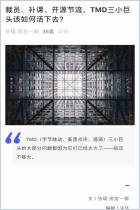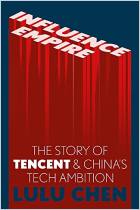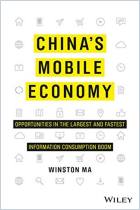Alibaba and Tencent have a domineering presence in China’s business world, not only due to their successful products and services but also because of their prolific investment in start-ups across just about every industry. This article from LatePost, a business analysis WeChat account, explores their differing investment strategies, how their investment goals evolved over time, and why competition between the two companies is intense despite their different business focuses. This article is an insightful read for anyone interested in the future direction and ambitions of these two tech giants as well as their current influence in China and the world.
Alibaba and Tencent have different investment strategies; Alibaba is more aggressive and involved while Tencent is more hands-off.
Alibaba sees investment and acquisitions as a game of Go. Whether or not an individual company is able to dominate its industry is not important. Rather, Alibaba invests in companies for their strategic position on the game board; the goal is to surround competitors with enough weapons that they have no way out. Alibaba usually demands that the invested company conforms to its overall strategy. In return, Alibaba spares no efforts to support the company. Internally, Alibaba’s investment team makes decisions based on which companies would better serve and grow Alibaba’s core businesses. Invested companies play a collaborative role with Alibaba’s businesses and are often invited to propose projects that could complement Alibaba’s existing services. Alibaba doesn’t really care if the invested company can turn a profit, as long as the company brings in data, user traffic and technical expertise.
Tencent, on the other hand, takes a decentralized approach to strategic investment. Instead of a game board, Tencent’s investment map...
Yiwen Guan and Fang Gong Yi Liu are writers for LatePost. A collaboration between Caijing magazine and a team of China’s top business journalists, this WeChat public account features in-depth analysis of Chinese companies and industries.






























Comment on this summary or Start Discussion